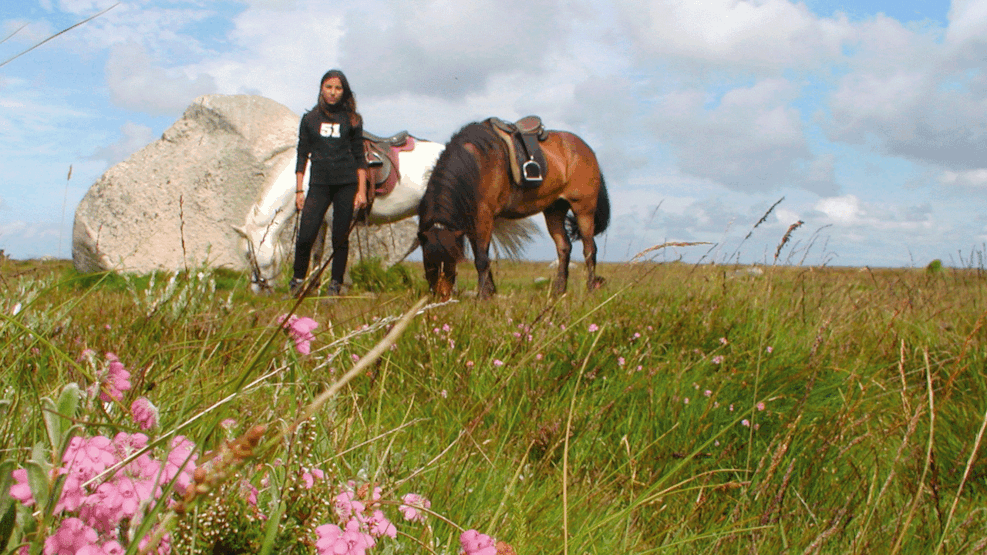
Rønnerne
Rønnerne consist of Færøn, Langerøn, Kringelrøn and Hornfiskrøn.
It is a 1741 ha. large wetland with extensive salt meadows and heaths.
Rønnerne are the newest and lowest parts of Læsø. The ridges become larger and larger, new sandbanks become visible from the sea, and a new ridge appears.
A røn is an old word for a rocky ground, now it is not stones that characterize the extensive beaches, but the sand that forms the Rønner
But Rønnere is not just nature. Salt boiling in the salt meadow areas on southern Læsø had in the Middle Ages and until approx. 1650 great economic importance for the island.
It was a very extensive production that took place by evaporating salt water that was brought up from wells on the salt marsh.
The seawater that inundates the salt marsh at high tide is concentrated due to evaporation and perhaps also due to salt excretion from salt plants such as goblet.
The highly concentrated salt water collects in pools on top of the clay under the salt marsh and can be retrieved from there.
Around the year 1650, salt boiling ceased. By then, all the forest on Læsø had been used as fuel for the salt boilers. In 1990, salt-watering on Rønnerne was resumed in a newly built copy of the old salt-watering huts – a popular experience for the many tourists on Læsø
Rønnnerne is home or resting place for a large number of waders and ducks.